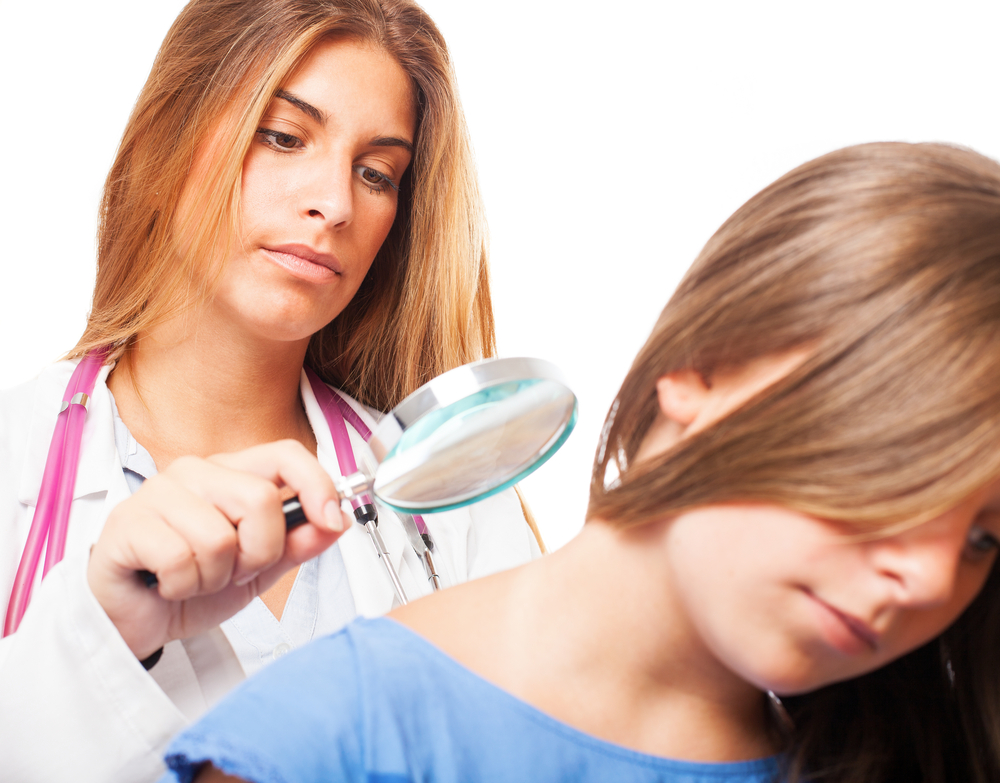 In a recent research letter titled “Biopsies of Nevi in Children and Adolescents in the United States, 2009 Through 2013”, published in Jama Dermatology, a group of scientists led by Susan A. Oliveria from the Memorial Sloan Kettering Cancer Center used two U.S. data sources to quantify the number of nevus biopsies in children and adolescents.
In a recent research letter titled “Biopsies of Nevi in Children and Adolescents in the United States, 2009 Through 2013”, published in Jama Dermatology, a group of scientists led by Susan A. Oliveria from the Memorial Sloan Kettering Cancer Center used two U.S. data sources to quantify the number of nevus biopsies in children and adolescents.
There has been a significant increase in the frequency and mortality of melanoma over the last 30 years, raising the awareness of the medical and scientific community.
It has been proposed that the increased pressure for melanoma detection combined with the low specificity of the current diagnostic approaches, biopsy rates are disturbingly high in younger individuals who should not be at a high risk of developing the malignancy.
Nonetheless, Dr. Oliveria and her team noticed that an appropriate quantification of the number of nevi biopsied in children and adolescents in the United States was still necessary.
The team used statistical data derived from counts and year of diagnoses to estimate the number of nevus biopsies in young patients aged 19 years and younger in the U.S., between 2009 and 2013. Analysis was conducted from both a regional private dermatopathology laboratory database and a commercial health insurance administrative claims database (HealthCore Integrated Research Database (HIRD)).
The surgical biopsies used for pathological analysis from the dermatopathology database were categorized as melanoma, nevi or other diagnoses and grouped into age categories.
The authors found that among a total of 18,601 surgical samples in the dermatopathology database, 16 were melanomas, 10,800 were nevi and 7,785 were other types of diagnoses.
In the HIRD database, a total of 133,431 biopsies for nevi were identified, with a total of 136 melanomas. The authors found that more than 2 million biopsies were preformed in individuals younger than 19 years of age.
“Understanding the normal evolution of nevi during childhood and adolescence, as well as development of novel noninvasive diagnostic tools, is important in helping to reduce unnecessary biopsies, health care costs, and morbidity in this age group,” the authors write in their study.


